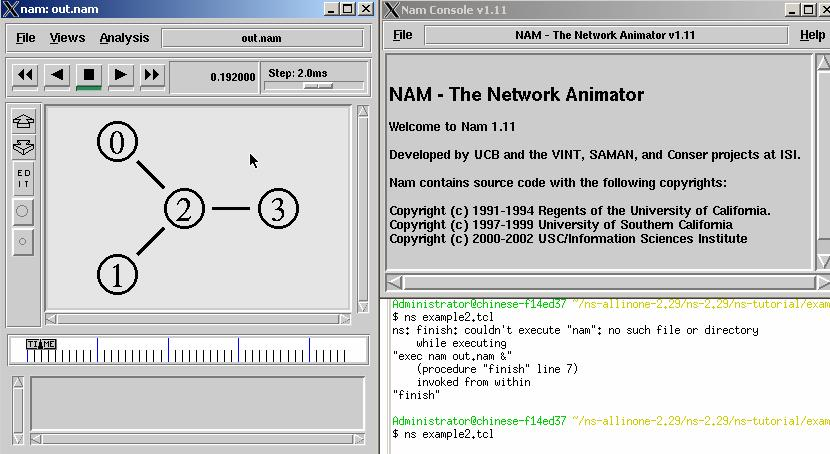

This result further demonstrates that NS2 is critical for viral assembly but not viral RNA replication (which is, however, influenced by cleavage of the NS2/NS3 junction as discussed previously).

Impairment or elimination of particle production was determined via the number of infectious HPV particles released by transfected cells post-genome mutation. It has been determined that the substitution of one highly conserved NS2 residue, Ser-168, with either Alanine or Glycine results in impaired virus production but not impaired RNA replication. Īdditional research shows that SN2 is involved in HPV particle production. This theory is corroborated by evidence that mutations in the NS2 protease region do not effect virus production. A subsequent implication is that the carboxy-terminal domain – which is also home to the proteasome region of NS2 – are not important in particle production. Its structure is indeed highly conserved between HCV genotypes, with a flexible helix in residues 3-11 and an alpha helix in residues 12-21.

This discovery implies that the first transmembrane segment of NS2’s hydrophobic amino-terminal subdomain physically interacts with upstream structural components of the HPV sequence. While it is somewhat uncertain as to why this is, one group demonstrated that viral particle production in HPV chimeras was most efficient when the chimeric fusions were conducted directly downstream of the first transmembrane domain of NS2. Multiple studies have shown that the full NS2 RNA sequence (and thus protein) is necessary for viral assembly. ĭespite being dispensable in the replication of HCV, NS2 does play an important role in the production of new HCV particles. While the NS2 protein itself is unnecessary for replication of the HCV virus (as demonstrated by HPV replicons that were able to self-replicate after removal of the entire C to NS2 coding region), this cleavage of the NS2/NS3 junction is critical. The NS2-3 autoprotease acts by making a single cleavage between the junction of NS2 and NS3. NS2 proteins are post-translationally processed by the HPV-encoded cysteine protease NS2-3, which is formed by residues 94-217 of NS2 itself as well as residues 1-181 of nonstructural protein 3 (NS3). NS2 possesses a hydrophobic amino-terminal subdomain as well as a carboxy-terminal cytoplasmic domain, with the amino-terminal subdomain containing up to three putative transmembrane segments. Once translated it is 217 amino acids in length and has a molecular weight of approximately 23 kDa. NS2 is one of seven nonstructural proteins in HCV, with each being encoded near the carboxy-terminal end of the positive-strand RNA virus.


 0 kommentar(er)
0 kommentar(er)
